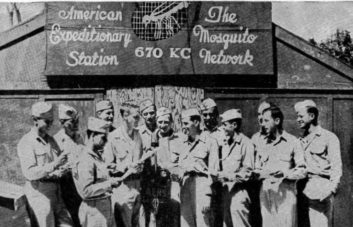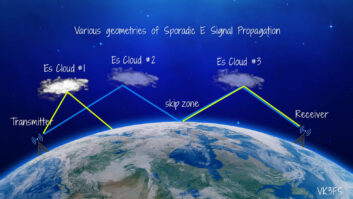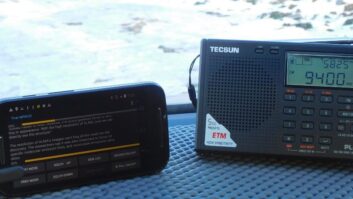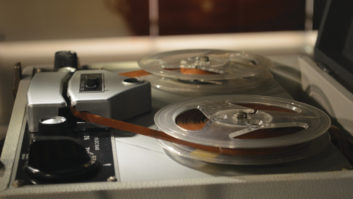 Allow me to express appreciation for three interesting articles on the international radio scene in Radio World’s Sept. 1 issue.
Allow me to express appreciation for three interesting articles on the international radio scene in Radio World’s Sept. 1 issue.
“U.S.-Based Shortwave Broadcasters Eye Digital” [discussed] the need for an appropriately priced, mass-production digital shortwave radio. A second article drew attention to the production of a Voice of America program beamed to Asia on shortwave and medium-wave in the Rohingya language for the benefit of refugees who have fled Myanmar into Bangladesh.
Then there was the fascinating historic article on the AFRS (American Forces Radio Service) Mosquito Network during the devastating Pacific War.
Back during the middle of the last century, there were usually only two medium-wave stations in Australia on the air late at night, 2UW in Sydney and 3AK in Melbourne, and consequently the band was wide open for late-night listening to the American AFRS stations throughout the Pacific. Over a period of time, we as listeners in both Australia and New Zealand heard all of these exotic little radio stations.
A photo with the story [right] shows the entrance noticeboard of an AFRS station in the Mosquito Network without location and without call sign. However, the operating frequency 670 kHz provides a valuable clue.
It is known that only one AFRS Mosquito Network station operated on 670 kHz, and that was for only a short period of time, before a frequency change to 690 kHz. That station was located on Bougainville in the Solomon Islands, and the photo was taken before the station adopted the unofficial and irregular callsign WSSO.
American AFRS stations in the Pacific were generally allocated four-letter call signs beginning with WV or WX. We would suggest that the photograph of the Bougainville station was taken in very late 1943 or very early 1944, before the informal call sign WSSO was adopted. This information would also agree with the other photograph in your article that promoted WSSO programming in February 1944.
By the way, we have drawn attention to these Radio World articles in our weekly half-hour program “Wavescan,” broadcast on shortwave in the Americas and worldwide 35 times each week. The program is researched and written in Indianapolis, voiced by Jeff White (Radio Miami International WRMI) and Ray Robinson (Voice of Hope KVOH, Los Angeles). In the United States, “Wavescan” is broadcast by shortwave WRMI and KVOH, as well as by WWCR in Nashville. In Africa, the program is on the air from the Voice of Hope in Zambia, and for Europe, Asia and the Pacific via KSDA on the island of Guam, and additional shortwave relay stations.





